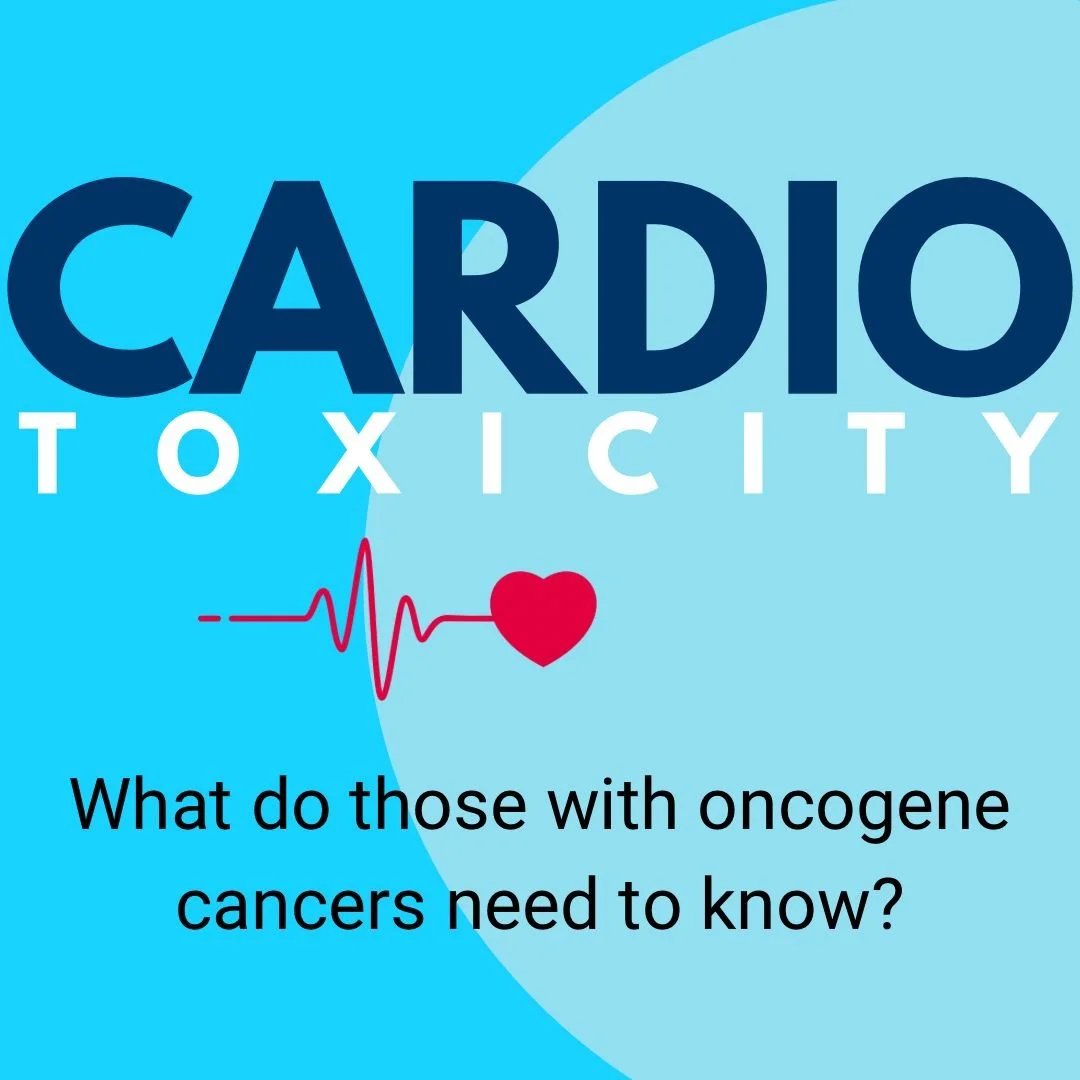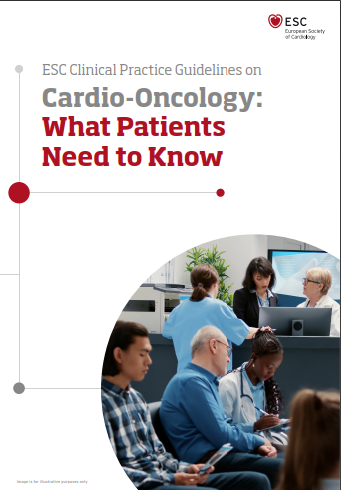Cardio-toxicity:
What patients need to know
What is cardio-toxicity and who is at risk?
There are many different types of cancer therapies including chemotherapy, radiotherapy, targeted therapy and immunotherapy. Some of these cancer therapies may increase the risk of heart or circulatory problems - these are called “cardiotoxicity” or “cardiovascular toxicity.”
Types of complications can include:
High blood pressure
A heart attack or chest pain, called “angina”
Heart muscle weakness that can develop into heart failure when the heart does not pump properly
Heart inflammation, known as myocarditis
An irregular heartbeat called an arrhythmia
A blood clot forming in a vein (called “deep vein thrombosis”) or in the lungs (called “pulmonary embolism”)
Sometimes, cardiotoxicity can limit the use of anticancer therapies. However, the fear of cardiotoxicity should not prevent you from receiving the best treatment for your cancer.
What to do
These risks highlight the importance of a multi-disciplinary team, including cardio-oncology. The aims of cardio-oncology are to allow cancer patients to receive the best cancer care and maintain a healthy heart.
Patients who are scheduled to receive cancer treatment should:
Be assessed for their potential risk of heart complications
Be closely monitored, during and after treatment by a cardio team
If you need heart tests, these may be carried out before you start treatment for a baseline to assess your risk and see if there are changes during treatment. Heart test may include:
Electrocardiogram (ECG) - which checks the electrical activity of the heart
Blood tests - can check if the heart is damaged
Echocardiogram - an ultrasound of the heart that shows how well it is working
Cardiac magnetic resonance - checks the function and structure of the heart
Cardiac computed tomography - provides a detailed picture of the heart and blood vessels
With special thanks to Dr Alexander Lyon, cardio-oncologist, and all authors of this guide from the European Society of Cardiology for this info and guide


